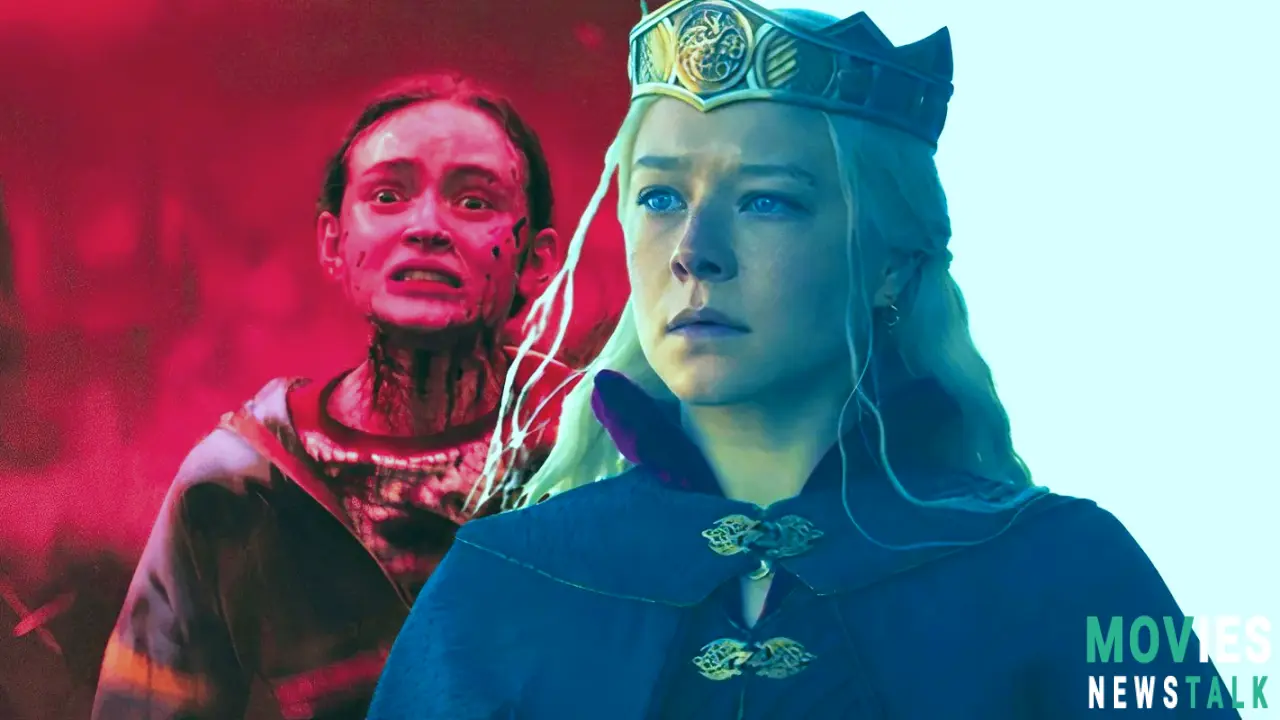Why Are Our Favorite Shows Taking FOREVER Between Seasons?!
Stranger Things, House of the Dragon, and the New Normal of TV Delays
Remember when new seasons of your fave shows dropped every year? Those were the days! Now, huge hits like Stranger Things (a three-year gap between seasons 4 and the upcoming 5!) and House of the Dragon (a similarly lengthy wait between its first and second seasons) keep us waiting AGES. This new, unpredictable and slower release cycle creates uncertainty within the entertainment industry, affecting how audiences engage, what kinds of narratives can be conveyed and most importantly, the sheer production itself, creating new and someTimes unexpected problems; especially relating to funding.
A recent Times article dives into the why, getting input from Fred Black (principal analyst at Ampere Analysis) and Diederick Santer (a seasoned British TV producer). Their insights are fascinating, revealing some important aspects involved with that massive delay. The key issue is these high budget shows demand large numbers of viewers and higher ratings, which affect how frequently and quickly new seasons are approved for release, resulting in this significant period of delay which frustrates many existing audiences!
The Big, Expensive Reason: Scale and Streaming Economics
Shows like Stranger Things, House of the Dragon, and The Last of Us cost a fortune! We're talking huge casts, massive sets, and those ridiculously expensive special effects that all high quality series are now becoming accustomed to use; especially considering just how common streaming is nowadays. Those enormous productions cost time and money.
Both experts pointed out those significant delays before those approvals get greenlit for next-season releases. Streaming giants like Netflix and HBO need way more viewing data, and waiting a significant amount of time after that release is now considered important – up to six months – before deciding whether they want another season. Black says, “The streamers increasingly want to make sure that they are getting a good return on their investment, particularly on their big-budget shows. Previously they might have gambled on a recommission based on the quality of the show alone but now they are waiting up to six months before making a decision.” This requires more patience and caution that earlier approaches simply couldn't really have considered, generating more concern and issues amongst newer releases and newer productions.
Santer adds, “Every part of the production process has become slower because shows have got bigger and more complicated. We see fewer detective dramas set in the same place with the same cast who are retained on 12-month contracts. Now it is all about building huge worlds for shows that take longer to write and shoot and have more ambitious special effects… In years gone by they would look at the overnight ratings data and would know what the reaction had been to a show the morning after it launched. Now people are looking at how well it has done over a 28-day period at the very minimum.” That massive difference, moving away from previous release cycle, focusing instead toward that far later timeframe; considering a full month, really highlights how data analysis in modern production approaches greatly impacted how long that initial production wait becomes and requires those studios to fully and deeply analyze that viewing and overall user-interaction before proceeding.
The New World of TV: Higher Stakes and Higher Frustration
Game of Thrones used to drop a new season every year. But that changed. The later season experienced two-year gaps between installments; it lost the kind of continuous, evolving excitement; those evolving relationships and the sheer speed which generated such massive anticipation for all those newer fans which only appeared later in the series!
And this affects everything! Those large budgets make even small losses seriously painful for producers, explaining why so many streaming shows get axed. Stranger Things season 4 cost a reported $30 million per episode! It has those amazing blockbuster-quality special effects – but also questions about its model’s viability, demonstrating just how extreme those financial aspects are and its inherent potential issues. And House of the Dragon season 2’s budget is similar, significantly larger than the original Game of Thrones’ budget; which makes it clear just how financially stressful modern series really are; with that ever-present chance for loss generating those huge risks and enormous pressures.
What Does This Mean for Us?
The bars for success are way higher than previously! The streaming age focuses on subscriber growth, watch time, total viewers – far more data that prior eras lacked access to. These models and calculations affect every aspect of a series and create various levels of uncertainties for any newer show looking for financing, causing problems for audience and creators alike; and the uncertainty surrounding all these elements is the kind of very frustrating thing which those existing viewers constantly experience. So those cancelled shows hurt, particularly for those audience members actively supporting this show.
Yet these mega-hits continue, creating awesome movie-level shows–but the model might not last! We're uncertain what those future budgets will be for the future; creating more anticipation surrounding its upcoming new seasons – especially regarding how successful it would be to ensure that enough audiences see this series, so expect changes and shakeups ahead!
Conclusion: The Slow Burn of Streaming, the Anxiety of Viewers
Longer gaps mean waiting (a LOT). And that's annoying for the viewers. But there are reasons behind the changes. This shows how streaming and huge production costs really changed television and affects every production element and especially how many studios choose which content to keep, continue and also expand.

